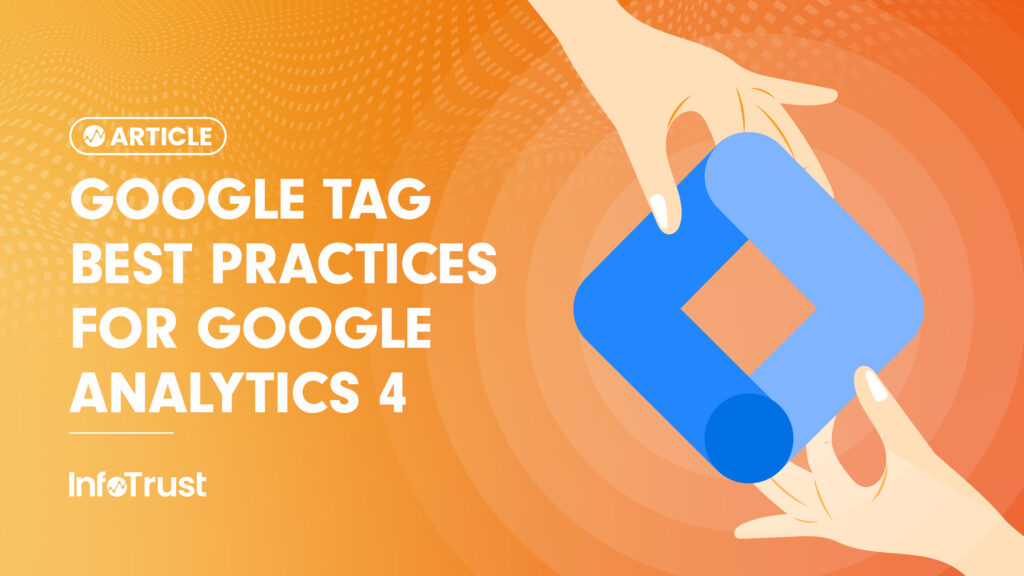No one wants to make mistakes when it comes to web analytics and tracking. These mistakes might be minor, and we might not pay a lot of attention to them. But, quite often they are very costly. Bad data means wrong insights and leads to wrong marketing decisions. Here is one of my favorite examples of how costly bad tracking can be – having Google Analytics tracking code installed twice on a page. This will count everything twice and will lead you believe that your marketing efforts are working twice as well. Based on this information, you might think that your marketing is working exceptionally well, but in reality – not so much.
Therefore, I have decided to assemble a list of 10 Google Analytics mistakes that you should try to avoid.
1. Check that the tracking code is installed properly, and only once.
This is one of the most important items to check. Google Analytics tracking code needs to be installed on every page. Your website should have the latest ga.js version of the tracking code on each page. Once you have it on each page, the next step is to verify the tracking code. Double-check that the tracking snippet installed on your website matches the tracking code shown in the profile. If you are not sure whether your site has the proper tracking code on each page, let us know and we will look at your site and can send you a detailed report.
2. Not tracking conversion
This is a question that I always enjoy asking during the seminars – how many people fill out your contact us form vs. the number of people that come to it. Not a lot of people who are in marketing and are responsible for making digital marketing decisions are able to quickly and with assertiveness answer this question. Too many times we are worried about things like PPC and SEO, and we fail to consider what happens to the traffic that our marketing efforts generate. Set-up and track conversions for each form on your site – contact us, newsletter sign-up and document download.
3. Lack of filters
First things first. What is a filter? A filter allows you to manage and to segment your incoming data giving you increased insight for your website. Filters allow you to limit and modify the traffic data that is included in a profile. For example, you can use filters to exclude traffic from particular IP addresses or focus on a specific subdomain or directory. Here is a list of filters to consider having and reviewing:
- Exclude traffic from your office IPs
- Exclude branded keywords
- Track activity in a specific directory
5. Not being clear on what you are trying to accomplish
Frankly speaking, this applies to any type of analytics – not just Google Analytics. Most of the challenges happen when people do not know what they are measuring yet expect to see positive results. Increase in overall traffic is great, but what is your new bounce rate? Focus on the items that can help you make better decisions. If a certain metric doens’t contribute to your ability to make marketing decisions – ignore it. Data is just data. Insights is the data that you know what to do with.










